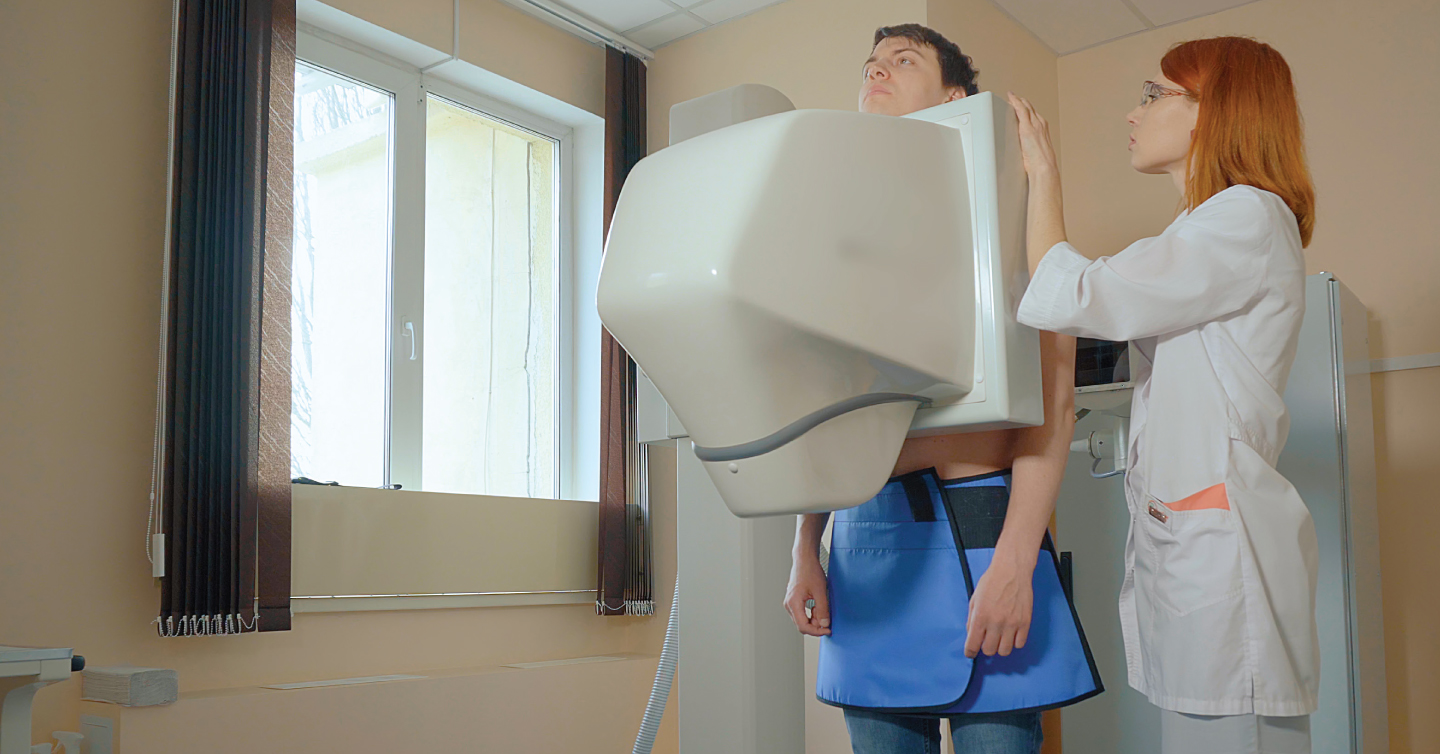According to the National Cancer Institute, one in eight U.S. women will develop cancer during their lifetime. Even more women have loved ones and family members who have struggled with breast cancer. The American Cancer Society says spotting breast cancer early saves thousands of lives each year. Understanding your risk can help you take the right steps to say ahead of breast cancer. Here’s how.
Who’s at Higher Risk?
- Cancer among immediate family members is the largest factor in determining your risk.
- Genes passed down to children sometimes mutate. When this occurs in breast cancer-related genes, a family pattern can occur. The BRCA I and 2 genes are most responsible for hereditary breast cancer, according to the American Cancer Society.
- A simple mouthwash or blood test can determine whether genetics play a role in your breast cancer risk. If you think you may have a higher risk, ask your doctor about taking a gene test.
How to Respond
- Your doctor may recommend genetic counseling, a professional service that helps people understand how genes contribute to their risk.
- In response to higher risk, further screening options such as MRI or ultrasound can become part of yearly breast cancer check-ups. Check with your doctor on whether these are covered through your insurance.
- In extreme cases of risk, some women may opt to have the breast tissue removed to prevent cancer altogether; an operation called prophylactic mastectomy.
- Not all options are right for everyone. Your doctor can help you understand the best move. No matter what, don’t be afraid to ask.
In 2014, over 200,000 women and more than 2,000 men in the United States will be diagnosed with breast cancer. This October, take steps to detect the disease in its early stages and encourage others to do the same.




